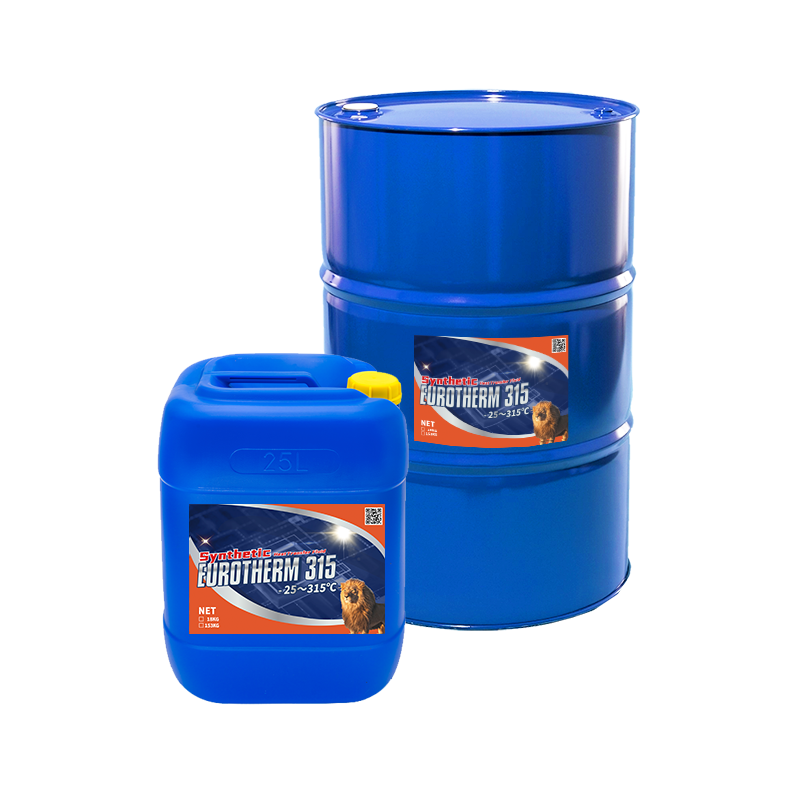Indicators on Chemie You Should Know
Indicators on Chemie You Should Know
Blog Article
The Ultimate Guide To Chemie
Table of ContentsLittle Known Facts About Chemie.Chemie Fundamentals ExplainedThe Main Principles Of Chemie Chemie - QuestionsAll about ChemieChemie - An Overview
By Bojanna Shantheyanda, Sreya Dutta, Kevin Coscia and David SchiemerDynalene, Inc. Liquid cooling, which can be accomplished utilizing indirect or straight ways, is used in electronic devices applications having thermal power thickness that might go beyond risk-free dissipation via air cooling. Indirect fluid air conditioning is where warm dissipating electronic components are literally divided from the liquid coolant, whereas in situation of straight cooling, the parts are in direct call with the coolant.However, in indirect air conditioning applications the electric conductivity can be essential if there are leakages and/or spillage of the fluids onto the electronics. In the indirect air conditioning applications where water based fluids with deterioration preventions are typically used, the electric conductivity of the liquid coolant mainly depends on the ion focus in the fluid stream.
The increase in the ion concentration in a closed loop fluid stream might occur as a result of ion leaching from steels and nonmetal parts that the coolant liquid is in contact with. During procedure, the electric conductivity of the liquid might boost to a level which can be dangerous for the cooling system.
What Does Chemie Mean?
(https://penzu.com/p/708211a82b1b68b2)They are grain like polymers that can exchanging ions with ions in a solution that it is in contact with. In the here and now job, ion leaching tests were executed with numerous steels and polymers in both ultrapure deionized (DI) water, i.e. water which is treated to the highest levels of pureness, and low electrical conductive ethylene glycol/water mixture, with the gauged modification in conductivity reported with time.
The samples were enabled to equilibrate at room temperature for 2 days prior to taping the first electric conductivity. In all tests reported in this research study liquid electrical conductivity was gauged to a precision of 1% utilizing an Oakton disadvantage 510/CON 6 collection meter which was adjusted before each dimension.
How Chemie can Save You Time, Stress, and Money.
from the wall home heating coils to the center of the furnace. The PTFE example containers were positioned in the furnace when consistent state temperatures were gotten to. The test configuration was eliminated from the heating system every 168 hours (seven days), cooled down to area temperature level with the electric conductivity of the fluid gauged.
The electric conductivity of the liquid example was kept track of for an overall of 5000 hours (208 days). Schematic of the indirect closed loophole cooling experiment set up. Elements utilized in the indirect shut loop cooling experiment that are in call with the fluid coolant.

The Buzz on Chemie
During procedure the fluid storage tank temperature level was kept at 34C. The change in liquid electric conductivity was kept track of for 136 hours. The fluid from the system was collected and saved. Similarly, closed loop examination with ion exchange resin was performed with the same cleansing procedures used. The preliminary electric conductivity of the 230ml UP-H2O in the system determined 1.84 S/cm.

0.1 g of Dowex resin was added to 100g of fluid examples that was taken in a separate container. The mixture was mixed and change in the electric conductivity at room temperature was measured every hour. The measured modification in the electric conductivity of the UP-H2O and EG-LC examination liquids consisting of polymer or metal when engaged for 5,000 hours at 80C is revealed Figure 3.
See This Report on Chemie
Ion seeping experiment: Measured modification in electric conductivity of water and EG-LC coolants containing either polymer or metal samples when submersed for 5,000 hours at 80C. The outcomes indicate that steels contributed less ions into the fluids than plastics in both UP-H2O and EG-LC based coolants.
Fluids having polypropylene and HDPE showed the least expensive electric conductivity modifications. This might be due to the short, rigid, straight chains which are much less most likely Learn More Here to add ions than longer branched chains with weak intermolecular forces. Silicone additionally did well in both test liquids, as polysiloxanes are normally chemically inert as a result of the high bond energy of the silicon-oxygen bond which would protect against deterioration of the product right into the fluid.
Getting The Chemie To Work
It would certainly be expected that PVC would certainly generate similar results to those of PTFE and HDPE based upon the similar chemical frameworks of the products, nevertheless there might be various other contaminations existing in the PVC, such as plasticizers, that may impact the electric conductivity of the fluid - high temperature thermal fluid. Furthermore, chloride groups in PVC can likewise seep right into the examination liquid and can cause a boost in electrical conductivity
Buna-N rubber and polyurethane revealed signs of destruction and thermal disintegration which suggests that their feasible utility as a gasket or adhesive product at higher temperature levels might bring about application concerns. Polyurethane entirely degenerated into the examination liquid by the end of 5000 hour test. Figure 4. Before and after photos of steel and polymer examples immersed for 5,000 hours at 80C in the ion seeping experiment.
Measured modification in the electrical conductivity of UP-H2O coolant as a feature of time with and without resin cartridge in the shut indirect air conditioning loop experiment. The measured adjustment in electrical conductivity of the UP-H2O for 136 hours with and without ion exchange resin in the loophole is received Number 5.
Report this page